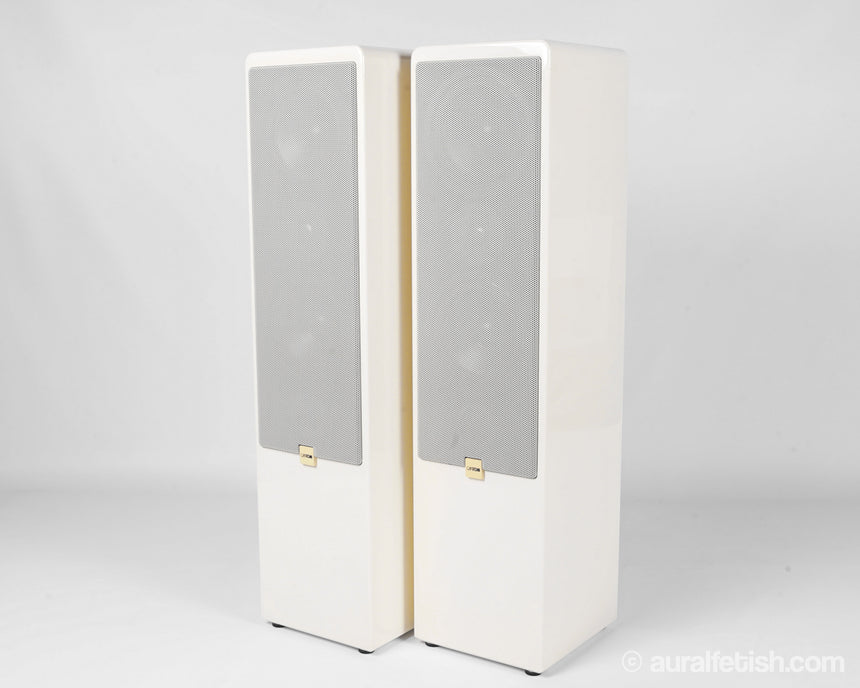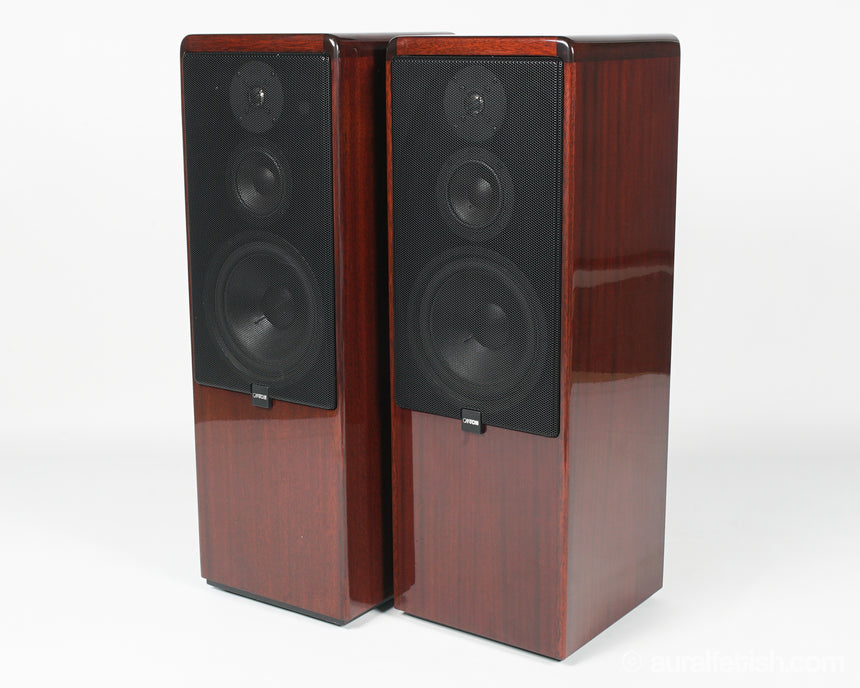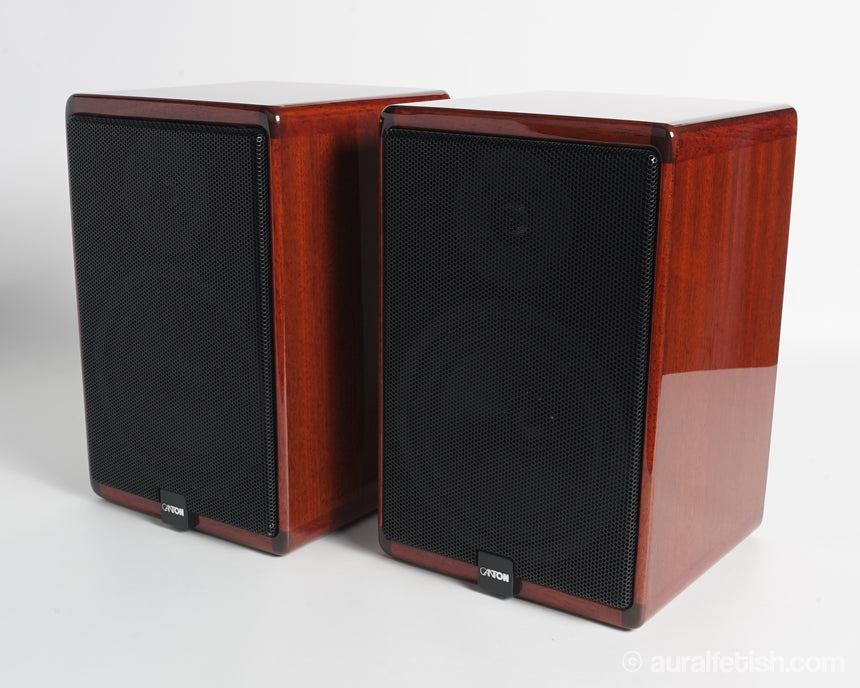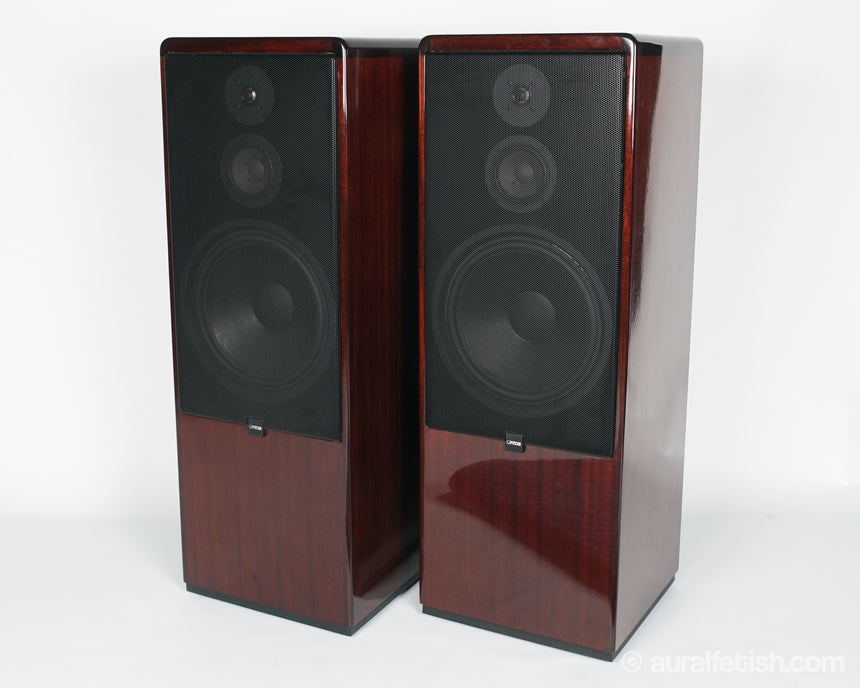The History of Canton

Great things often have humble beginnings. In 1972, four hi-fi enthusiasts joined forces with the goal of producing the best speakers in their class. In October of the same year, they registered their company with the name ‘Canton’ - a combination of the Latin word "cantare" (to sing) and the German word "ton" (musical tone). Having found a vacant small town school building and house in Niederlauken, the company now had a base of operations. Starting with 35 employees assembling speaker enclosures in January of 1973, Canton began its legacy of high quality audio reproduction in the tradition of what they called “pure music”. This development work was done in the living room of their original ‘company house’, with production initially taking place in the school building.
From the very beginning, this new business endeavor benefited from the varied experience and knowledge brought together by its four founders. Teamwork, entrepreneurship, dedication and excellent connections in the audio market contributed to their immediate success. Today, Canton is a leading developer and manufacturer of high quality loudspeakers for the most diverse applications imaginable. It is their goal to offer the quintessential loudspeaker solution for every auditory appetite and every acoustic requirement.
Canton speakers combine innovative technologies, the highest quality materials, and a remarkably wide range of models and designs to provide a musical experience second to none. With innovations spanning over 40 years, here are just a few of the technologies that differentiate Canton loudspeakers from a sea of conventional drivers:
- Wave surround: Greater range and pure sound, even at the limits of the speaker drivers’ excursion, or travel.
- Displacement Control technology: Prevents the uncontrolled deflection of low frequencies, providing fine tuned and accurate bass response.
- Subsonic Control technology: Filter switches extend the subwoofer‘s transmission range into the subsonic domain, where you feel the bass rather than just hear it.
- Room Compensation technology: Adjusts the frequency response to suit the room, as no two environments are typically the same.
- Transmission Front Plate: Front plate designed to optimize the dispersion characteristics of the tweeter system.
- Ceramic tweeters: Used for extremely lightweight but rigid tweeter domes, enhancing efficiency and accuracy simultaneously.
- Triple Curved Cone: Form-optimized, triple curved, aluminum cone for a more stable speaker membrane, essential for precise waveform replication.





